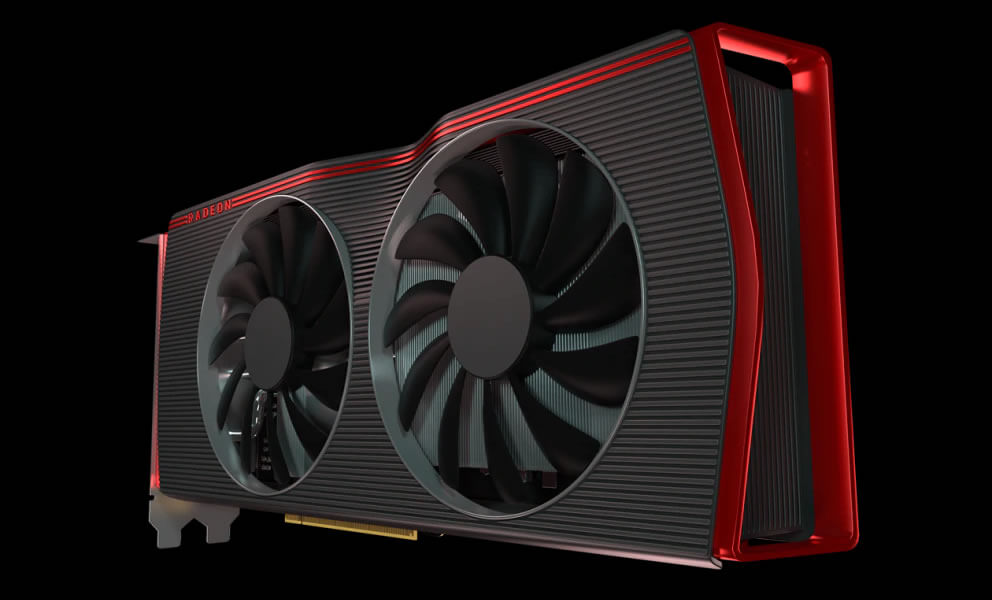Rumor mill: As rumors go, nothing beats one coming straight from the horse's mouth. In this case, it's coming directly from AMD's CEO Lisa Su. The rumor: Radeon cards may soon have ray-tracing support, and high-end Radeon GPUs are are on the way. Su did not go into detail, but it seems certain that the company has some plans.

AMD had a few announcements at CES 2020 on Monday, including the Radeon RX 5600 XT with the Navi RDNA architecture and its Ryzen 4000 series for laptops. After the keynote, CEO Lisa Su sat down with the press for a roundtable discussion, which Anandtech transcribed. During the Q&A, Su dropped hints about the future of its Radeon line of GPUs.
The CEO mentioned that the company has some high-end “Big Navi” cards in the pipe. In response to the question of whether AMD needs to have a high-end product in the discrete graphics department, the exec could not help but let slip that such GPUs were in the works without revealing any details.
“I know those on Reddit want a high-end Navi! You should expect that we will have a high-end Navi and that it is important to have it,” Su said. “The discrete graphics market, especially at the high end, is very important to us. So you should expect that we will have a high-end Navi, although I don’t usually comment on unannounced products.”

She also said the company was looking to be more competitive with Nvidia in terms of ray tracing. Current Radeon offerings do not support real-time ray tracing, as the company views the technology as being in the “very early” stages, but that could be changing soon.
“I’ve said in the past that ray tracing is important, and I still believe that, but if you look at where we are today, it is still very early,” she explained. “We are investing heavily in ray tracing and investing heavily in the ecosystem around it – both of our console partners have also said that they are using ray tracing. You should expect that our discrete graphics as we go through 2020 will also have ray tracing.”
Regarding ray tracing: "I do believe though it is still very early, and the ecosystem needs to develop. We need more games and more software and more applications to take advantage of it. At AMD, we feel very good about our position on ray tracing."
If her hint is on the mark, we could potentially see a Radeon GPU with ray-tracing support by the end of the year, and we will definitely be getting it with the PlayStation 5 and Xbox Series X consoles.
A discrete Big Navi card with ray tracing would give Nvidia something to think about, considering it currently enjoys its corner on the RT market. Having AMD jump into the game would most certainly bring more affordable RT cards to the consumer from both manufacturers, even on the high-end.
However, keep in mind that Su’s remarks were off-the-cuff and unplanned. No official announcements have been made, so anything could change at this point. However, coming from as high up on the ladder as you can get makes this news hard to call "rumor." It sounds more like a roadmap, but as they say, "Never count your chickens before they hatch."
That said, if AMD follows through, upgrading your gaming rig may become your priority this holiday season.
https://www.techspot.com/news/83465-amd-ceo-hints-high-end-navi-gpus-ray.html
